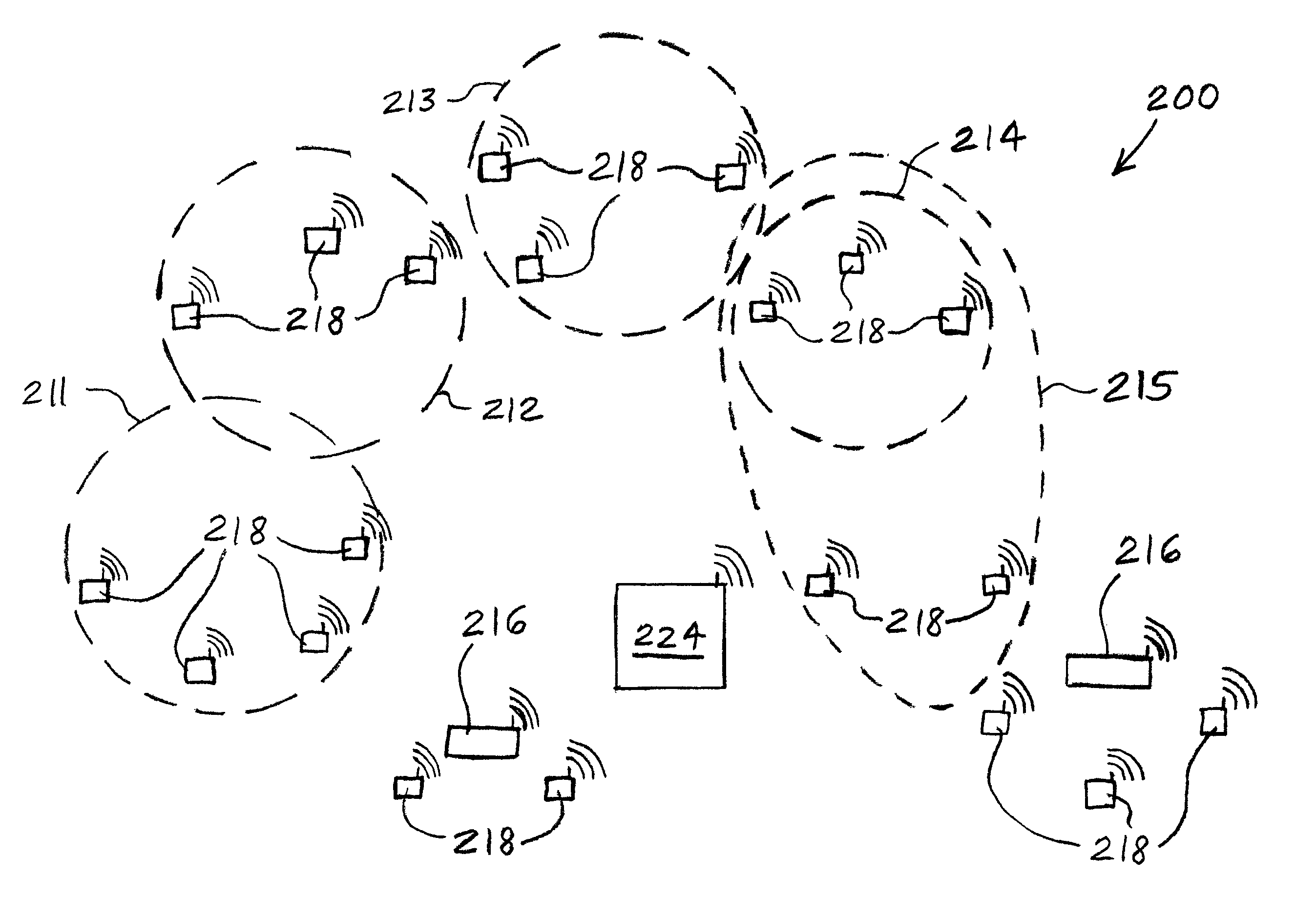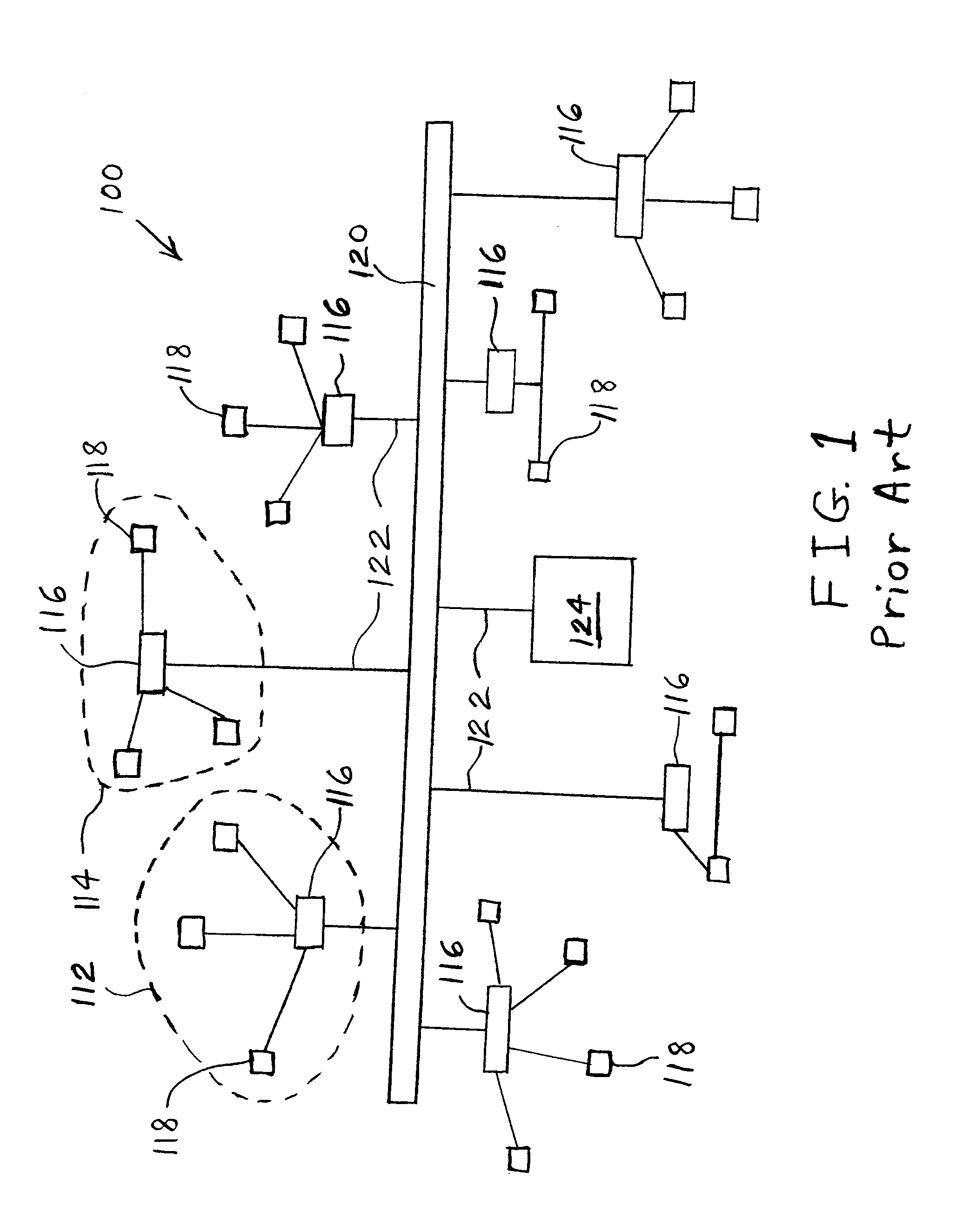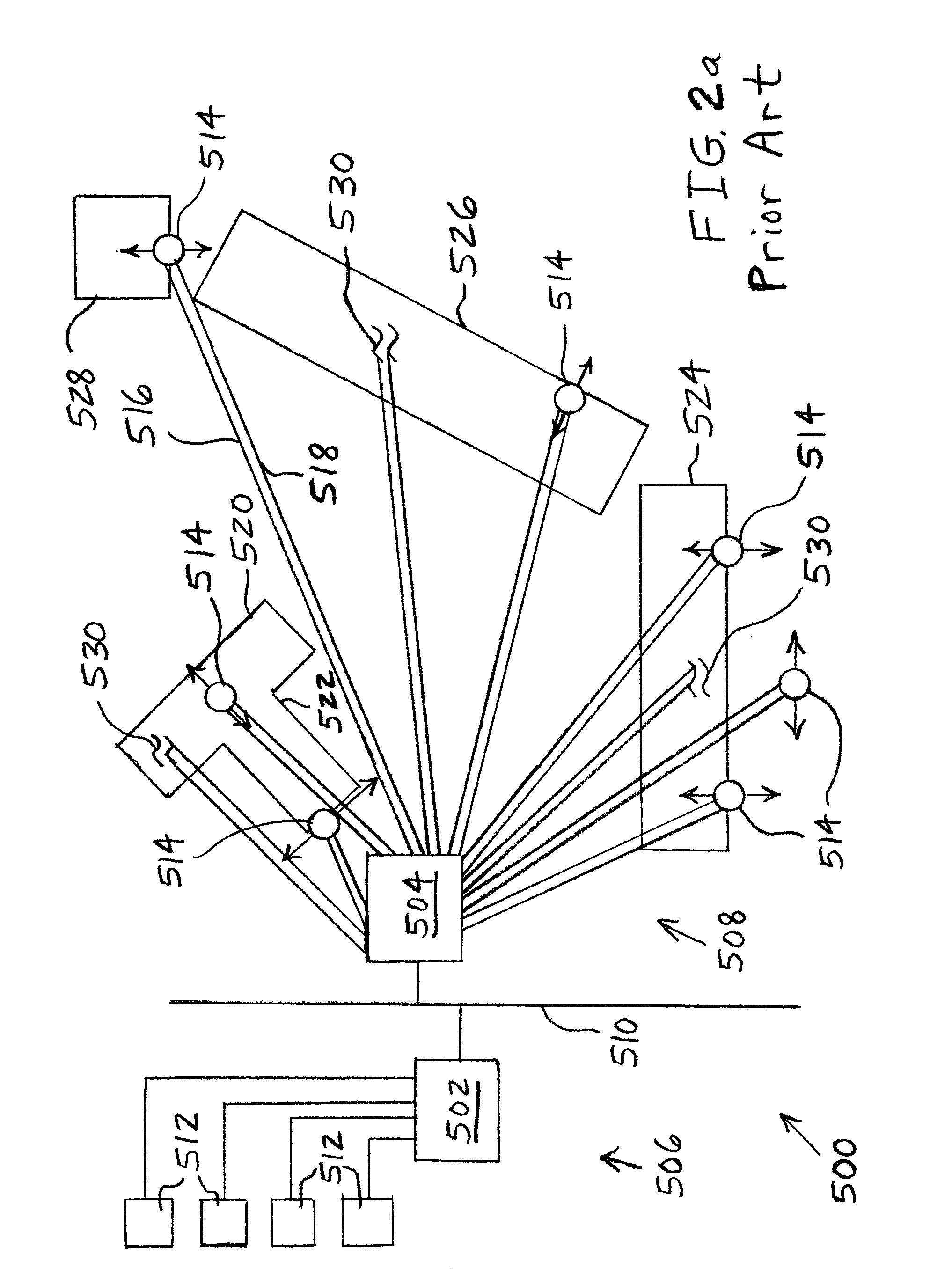Protocol for wireless networks
a wireless network and protocol technology, applied in the field of wireless networks, can solve the problems of increasing the complexity of the cable harness, increasing the cost of the car, and increasing the weight of the car, and achieves the effects of superior composability, flexibility, and simple implementation
- Summary
- Abstract
- Description
- Claims
- Application Information
AI Technical Summary
Benefits of technology
Problems solved by technology
Method used
Image
Examples
Embodiment Construction
[0034]The embodiments hereinafter disclosed are not intended to be exhaustive or limit the invention to the precise forms disclosed in the following description. Rather the embodiments are chosen and described so that others skilled in the art may utilize its teachings.
[0035]As described above with reference to FIG. 1, a wired automotive network may include several sub-networks connected together using a backbone network of ECUs and gateways. As shown in FIG. 2a, often several actuators are part of one sub-network and are controlled by a single ECU. The ECU may perform the command translation and send the appropriate signals to the desired actuators in a pre-defined order. The order may be decided according to the functional requirements. Due to practical limitations such as power control, only a set of actuators may be able to function at the same time.
[0036]FIG. 2a illustrates a known automotive body domain architecture 500 including central ECUs 502, 504 of a door module 506 and ...
PUM
 Login to View More
Login to View More Abstract
Description
Claims
Application Information
 Login to View More
Login to View More - R&D
- Intellectual Property
- Life Sciences
- Materials
- Tech Scout
- Unparalleled Data Quality
- Higher Quality Content
- 60% Fewer Hallucinations
Browse by: Latest US Patents, China's latest patents, Technical Efficacy Thesaurus, Application Domain, Technology Topic, Popular Technical Reports.
© 2025 PatSnap. All rights reserved.Legal|Privacy policy|Modern Slavery Act Transparency Statement|Sitemap|About US| Contact US: help@patsnap.com



